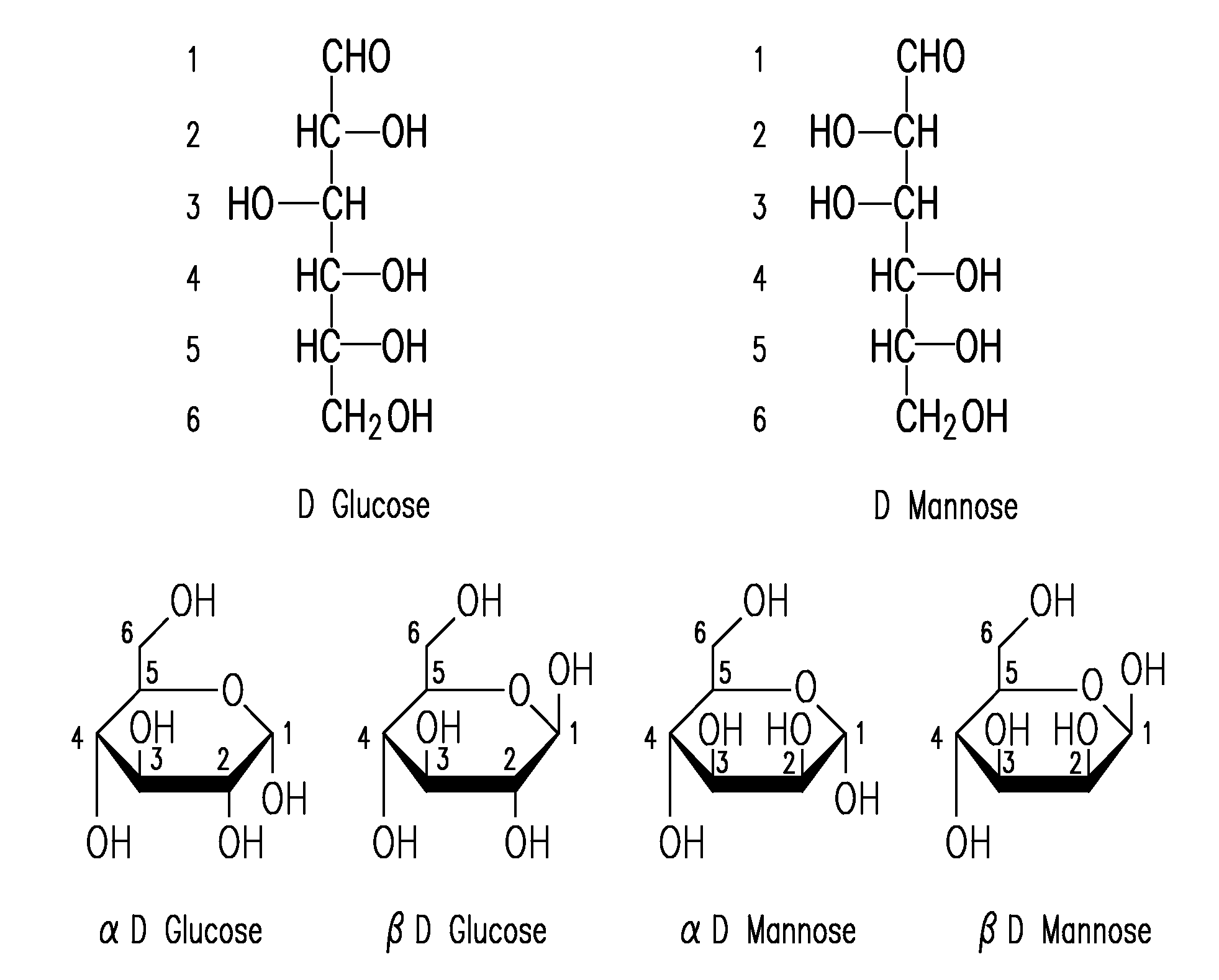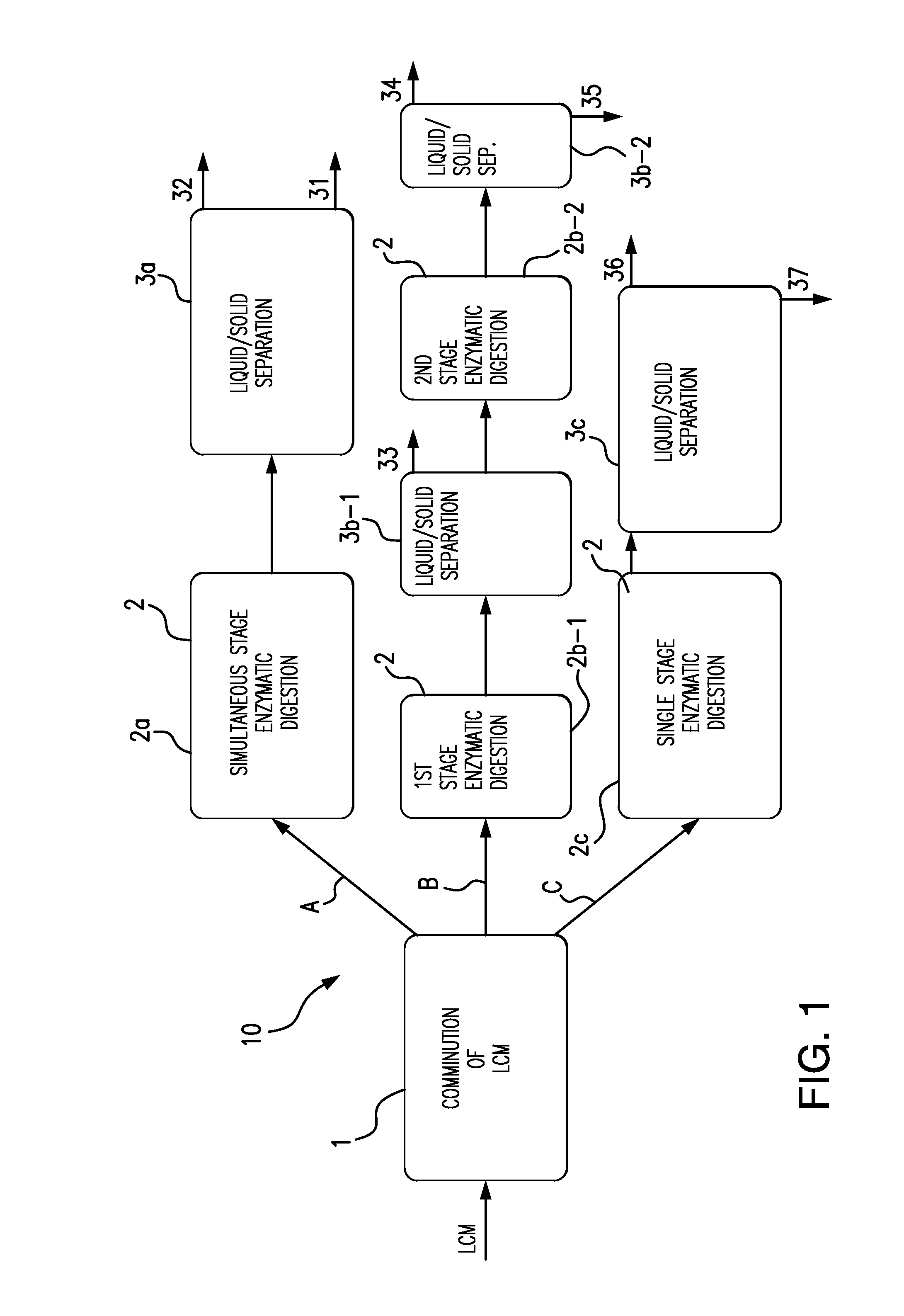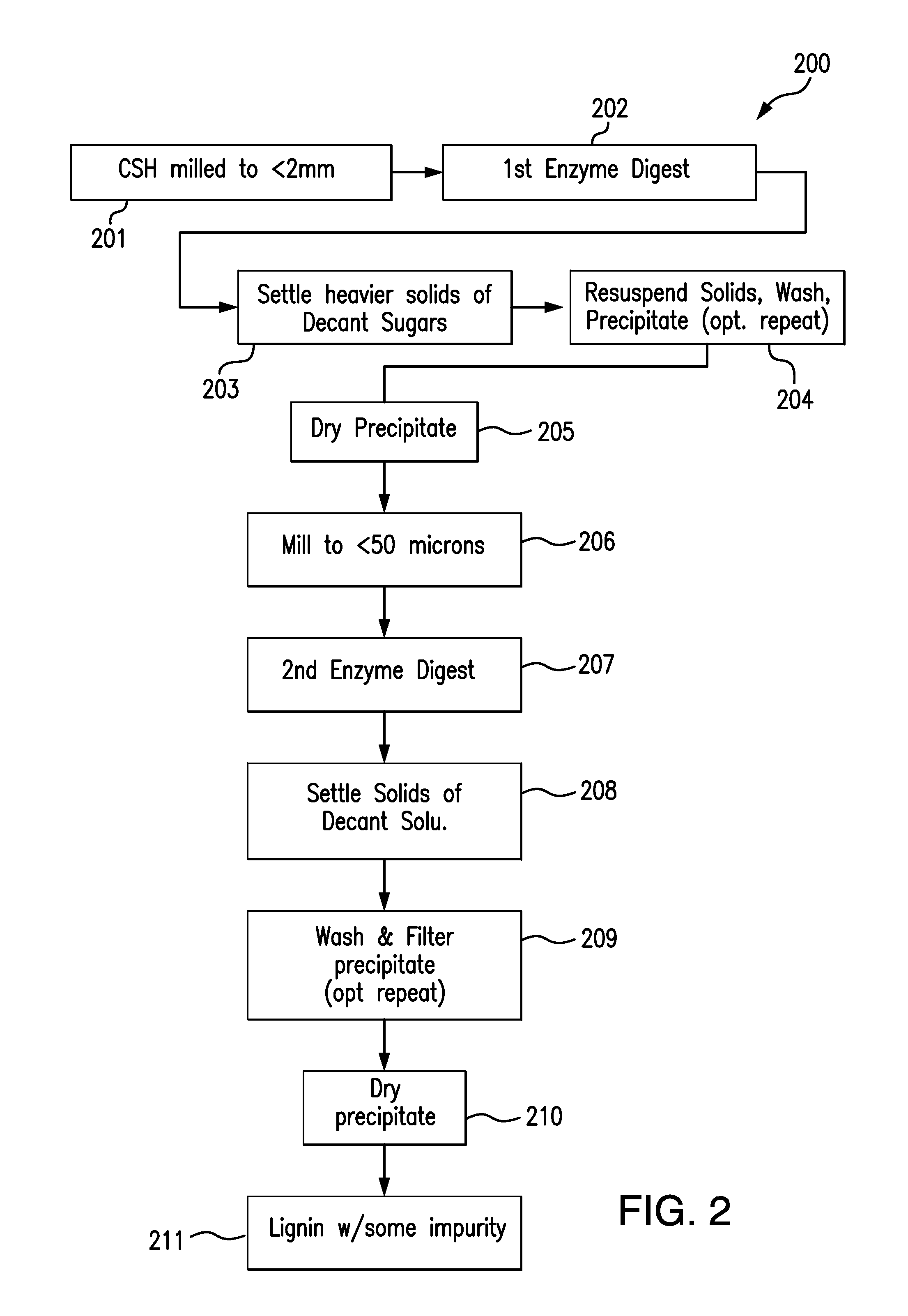Processes And Systems For Enzymatically Isolating Lignin And Other Bioproducts From Herbaceous Plants
a technology which is applied in the field of enzymatic isolation of lignin and other bioproducts from herbaceous plants, can solve the problems of high energy costs, affecting downstream processing, and contaminated products modified or contaminated
- Summary
- Abstract
- Description
- Claims
- Application Information
AI Technical Summary
Benefits of technology
Problems solved by technology
Method used
Image
Examples
example 1
[0178]Experiments were conducted to evaluate the effectiveness of enzymes on comminuted cotton seed hulls as a source of lignocellulosic material for lignin purification and sugar isolation.
Experimental Procedures
Purification Method
[0179]Cotton seed hulls were obtained from Buckeye Technologies (Memphis, Tenn.). The cotton seed hulls were dry milled to sizes less than 2 mm. Milling was performed by hammer milling or comparable milling. The sizes of the milled hulls were determined by mesh sieve. Approximately 220 grams of the milled cotton seed hulls was made up as a 10% solids solution in 50 mM citrate buffer pH 5.0. The 10% solids solution of cotton seed hulls contained 220 grams cotton seed hulls in approximately 2200 ml solution.
[0180]The 50 mM citrate buffer (pH 5.0) was prepared in the following manner. A pH 5.0 citrate buffer stock was prepared by mixing 210 grams citric acid monohydrate in 900 grams water, then gradually adding 100 ml 50% NaOH with stirring, which yielded 1 ...
PUM
| Property | Measurement | Unit |
|---|---|---|
| temperature | aaaaa | aaaaa |
| size | aaaaa | aaaaa |
| size | aaaaa | aaaaa |
Abstract
Description
Claims
Application Information
 Login to View More
Login to View More - R&D
- Intellectual Property
- Life Sciences
- Materials
- Tech Scout
- Unparalleled Data Quality
- Higher Quality Content
- 60% Fewer Hallucinations
Browse by: Latest US Patents, China's latest patents, Technical Efficacy Thesaurus, Application Domain, Technology Topic, Popular Technical Reports.
© 2025 PatSnap. All rights reserved.Legal|Privacy policy|Modern Slavery Act Transparency Statement|Sitemap|About US| Contact US: help@patsnap.com



